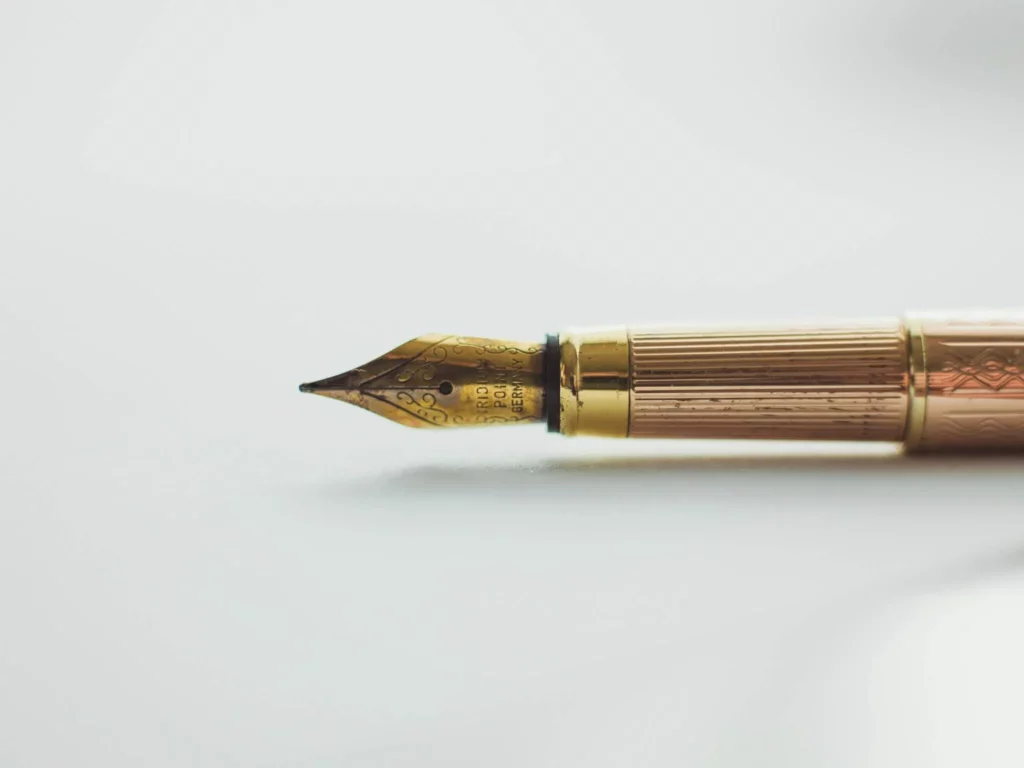When it comes to writing dialogue in a book, one commonly encountered challenge is how best to indicate pauses. A pause can add dramatic tension, show a character’s hesitation or uncertainty, or allow a moment for readers to absorb important information. A few different methods exist towards effectively illustrating this.
Ellipsis
Originally used to omit information from a directly quoted piece, an ellipsis, represented as three dots “.”, is one common way to show a space in the conversation. It can indicate a character trailing off or a hesitation in their dialogue. It can be spelled out either with or without spaces in between (.
or .
), making it quite versatile for author preferences.
Example: “I just think that. well, never mind.”.

Action Break
Sprinkling in action breaks is another effective strategy to pause the dialogue meaningfully. An action break can add depth to the scene, convey character emotion, and simulate the passage of time during a pause. It can be as simple as a character movement or a change in the character’s facial expression.
Example: “I don’t know,” he said, running a hand through his hair. “Do you think we should go?”
Dialogue Tag and Em Dash
When a character’s dialogue is interrupted by another speaker or an action, it can be suitably indicated using a dialogue tag paired with an em dash. This combination is an effective way to depict character interaction during a dialogue.
Example: “But I was just—” she began, but he cut her off.

Other Key Points
- Always include a space before and after the ellipsis when used in a sentence to show a pause.
- Adding action to the pause may enhance understanding, create emotion or bolster tone.
- Excessive use of details such as parenthesis, ellipses, and dashes can deflate the impact of dialogue. Use these sparingly.
- Trust the actor’s capability with interpreting the written pause, allowing space for their own timing and expressions.
Conclusion
Ultimately, creating pauses in dialogue is an art that can significantly enhance the depth of your character’s conversations and the overall narrative. Whether you choose to use an ellipsis, an action break, or punctuation marks such as the em dash, the key is subtlety and visual effectiveness. Remember, every pause, silence, or interruption has the potential to tell a story in itself. Harness its power to enrich your writing!
